Indonesia: rich in "shit" to the most expensive coffee
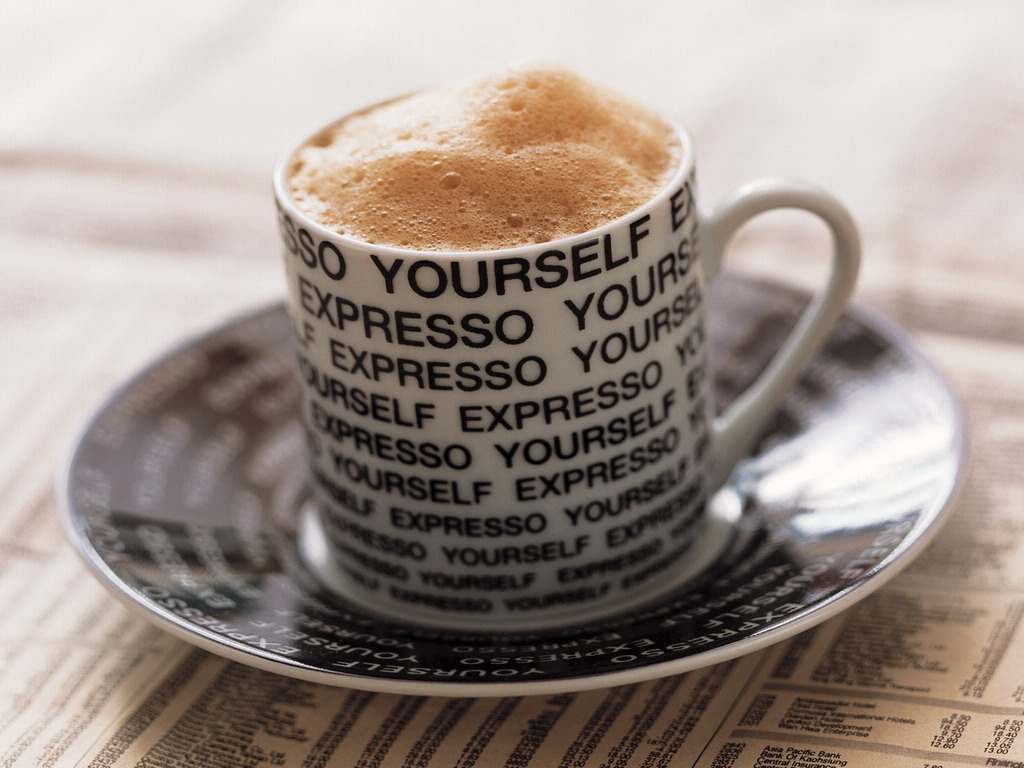
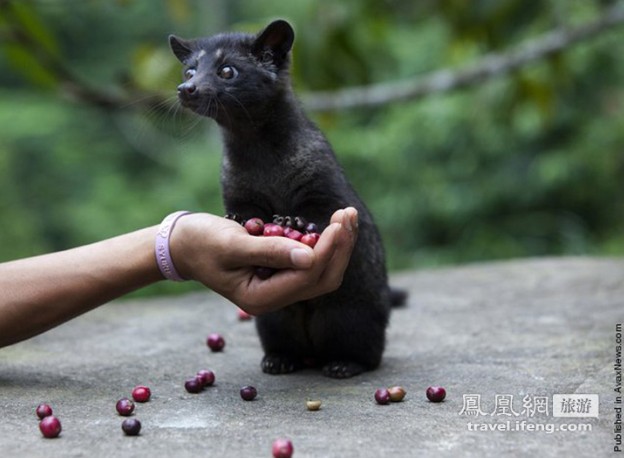
Muscat Coffee: Muscat Coffee (Kopi Luwak), Kopi (Indonesian, coffee), Luwak refers to a kind of arboreal wild animal commonly known as "civet" in Indonesia. Civet coffee is the most expensive coffee in the world, with a price of several hundred US dollars per pound. It is extracted from the feces of the civet and processed. The civet eats the ripe coffee fruit and is excreted through the digestive system. Due to the fermentation of the stomach, the coffee produced has a special taste and has become a hot item in the international market.
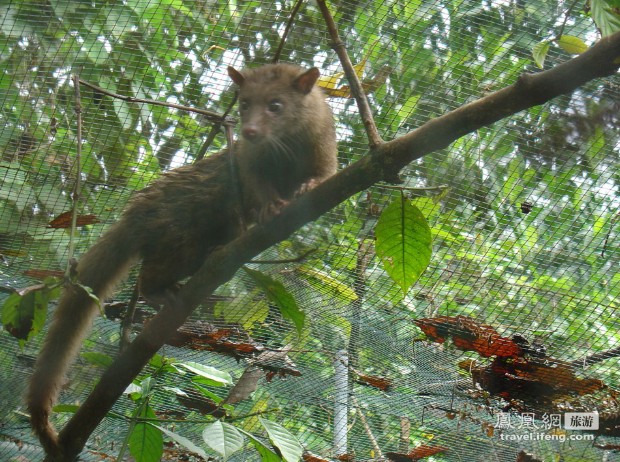
Coffee principle: Luwak likes to choose the most ripe, sweet, full and juicy coffee fruit as food. The coffee fruit passes through its digestive system, digesting only the pulp on the outside of the fruit, and the hard coffee beans are then excreted intact by Luwak's digestive system. This digestion process, so that coffee beans have an unparalleled magical change, the flavor tends to be unique, the taste is particularly mellow, rich and round sweet taste is also unmatched by other coffee beans. This is because Luwak's digestive system destroys the protein in the coffee beans, making the coffee much less bitter due to the protein, but adding to the round taste of the coffee beans.
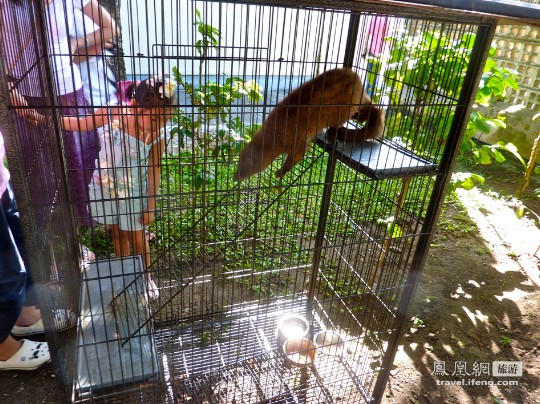
Experts say there is a gland near the sexual organs of Luwak in Indonesia, which secretes milky oil, which has always been a precious raw material for the perfume industry. Even Shakespeare's play King Lear has this dialogue: "Please give me some Luwak sesame oil to stimulate my inspiration." Others said, "this coffee is unique and is a specialty of Indonesia." Drink it, it's like finding a diamond in a stone. " Because wild Luwak is obviously better at selecting good coffee fruits, which makes this kind of coffee have outstanding characteristics.
It is said that coffee farmers in early Indonesia regarded civet cats that ate ripe coffee fruits as mortal enemies, but at some point someone began to think of picking coffee beans from the civet droppings to make coffee with unique flavor. Coffee experts everywhere have tried and were amazed. Since then, local farmers spend a lot of time collecting civet droppings in the forest every day during the coffee ripening season.
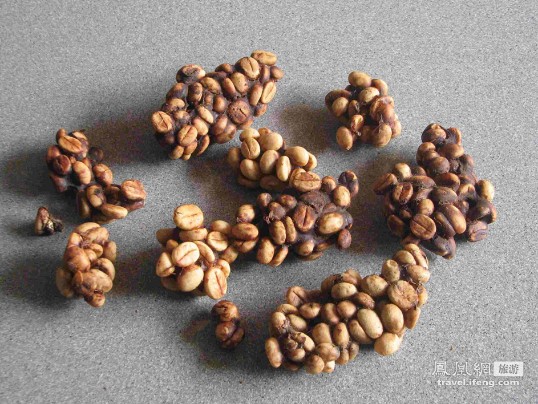
History of development: Kopi Luwak first introduced Kopi Luwak coffee to the United States of Montanus (M.P. Mountanos) pointed out that when I heard about this fermented coffee in the body, I thought it was a joke of the industry, but I didn't take it seriously. later, I saw a special report on Kopi Luwak in National Geographic Magazine and became interested in her. it took seven years to find a stable supply and began to introduce a small amount to the United States. What's the flavor of this coffee? Generally speaking, Indonesian coffee has the taste of mud and traditional Chinese medicine, and its consistency is the highest in all continents, but Kopi Luwak has a stronger taste and consistency, which is almost close to syrup, and its flavor is very special. If you don't like Indonesian coffee in the first place, you must hate Kopi Luwak even more. If you prefer the fishy smell of aged beans, you may love this alternative coffee. Experts who have tasted Kopi Luwak have put forward a polarized evaluation, and some people compare it to the best coffee in the world. Although it is the best, whether you are willing to spend 1400 yuan on a cup of Kopi Luwak is your personal preference.
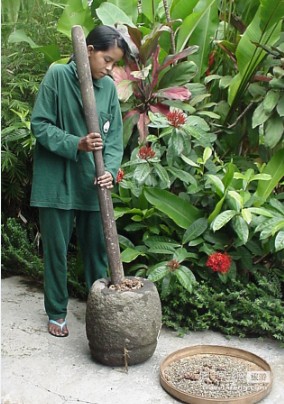
Production methods: 1, civets love to eat ripe red coffee fruits on coffee trees; 2, pick out undigested coffee seeds from cat droppings; 3, remove the silver gray film of coffee seeds, wash them with water and dry them in the sun; 4, stir-fry to make Luwak coffee beans.
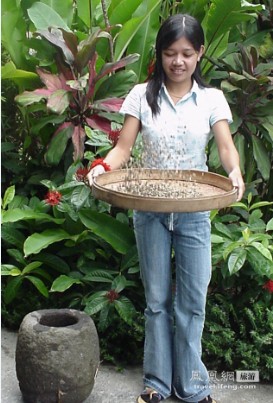
Production skills: 1. Indonesians remove the silver-gray film on the appearance of coffee beans, wash them with water, dry them in the sun, and then stir-fry them to become cat poop coffee beans. 2. Only about 150 grams of coffee beans can be extracted from a jin of civets' feces, which will cause 20% loss in the roasting process. Due to the unique raw materials and production process, this kind of coffee can be said to be very rare. No more than 400 kilograms of coffee beans are supplied worldwide every year. 3. Traditionally, coffee fruit is washed or tanned to remove the peel, pulp and sheep skin, and finally take out the coffee beans. however, Luwak uses the method of natural fermentation in the body to remove the coffee beans, so it has a special flavor.
China Coffee Trading Network: www.gafei.com
Important Notice :
前街咖啡 FrontStreet Coffee has moved to new addredd:
FrontStreet Coffee Address: 315,Donghua East Road,GuangZhou
Tel:020 38364473
- Prev

How to distinguish the quality of ESPRESSO
When you enjoy a cup of coffee packaged by various cultures in a cafe for tens of yuan, have you ever thought about and learned to identify whether you are drinking a perfect cup of coffee?
- Next

The similarities and differences between latte and cappuccino
Cappuccino and latte are the two longest types of espresso. They look very similar, with milk bubbles and dazzling flowers. Even baristas have a lot of times when they can't tell each other apart. Similarities and differences of ingredients cappuccino and latte
Related
- Beginners will see the "Coffee pull flower" guide!
- What is the difference between ice blog purified milk and ordinary milk coffee?
- Why is the Philippines the largest producer of crops in Liberia?
- For coffee extraction, should the fine powder be retained?
- How does extracted espresso fill pressed powder? How much strength does it take to press the powder?
- How to make jasmine cold extract coffee? Is the jasmine + latte good?
- Will this little toy really make the coffee taste better? How does Lily Drip affect coffee extraction?
- Will the action of slapping the filter cup also affect coffee extraction?
- What's the difference between powder-to-water ratio and powder-to-liquid ratio?
- What is the Ethiopian local species? What does it have to do with Heirloom native species?

